Tokyo’s train network is without a doubt a logistical marvel. Numerous trains, on numerous lines, run by numerous companies, that nonetheless all still shuttle countless millions of people around the metropolis with a hard won ease and efficiency that is quite rightly the envy of the world.
Leave the city and head out into more rural Japan, however, and it’s a different story altogether. The system is still incredible, with long journeys involving multiple transfers made surprisingly easy, but the number of people using many of these services is massively reduced. So much so in fact that a lot of lines have already ceased to exist, and going forward, the number of closures is only going to grow — quite rapidly too. All due to the heady mix of an ageing population, a low birth rate and urban migration, which combined have made many services simply unsustainable. This is especially true when the operator is a small company, rather than a financial behemoth like the Japan Railways Group which can afford to sustain losses on some routes if it chooses to.
All of which almost gets me to the photos in question.
Just north of Tokyo is Ibaraki prefecture, an area that has undoubtedly suffered in relation to the previously mentioned demographic changes. And one victim was the 27 km long Kashima Railway Line. Opened in 1924 under the control of a small operator, it closed down just shy of 12 years ago, and while the tracks and sleepers were completely removed, a few of the small stations have thankfully survived.
It turns out though that a little over a decade is more than enough time for nature to really take things back, and almost the whole line is completely overgrown, utterly thwarting our plan to walk it. But what was initially frustrating actually turned out to be fortuitous, as we got to wind our way through the now rather forlorn little settlements that the train once served, allowing for a much deeper appreciation of why the Kashima Railway Line stopped running. Basically there just aren’t enough people anymore, and even likely passengers such as local students are obviously lacking as we came across an abandoned school.
A situation, and in many respects the kind of scenery, that can now be seen and experienced all over Japan. At the same time, it’s a side of the country that isn’t shown in the guide books, or indeed in any kind of material whatsoever. A sort of lost world that’s all around us. One we found when looking for a similarly lost train line.
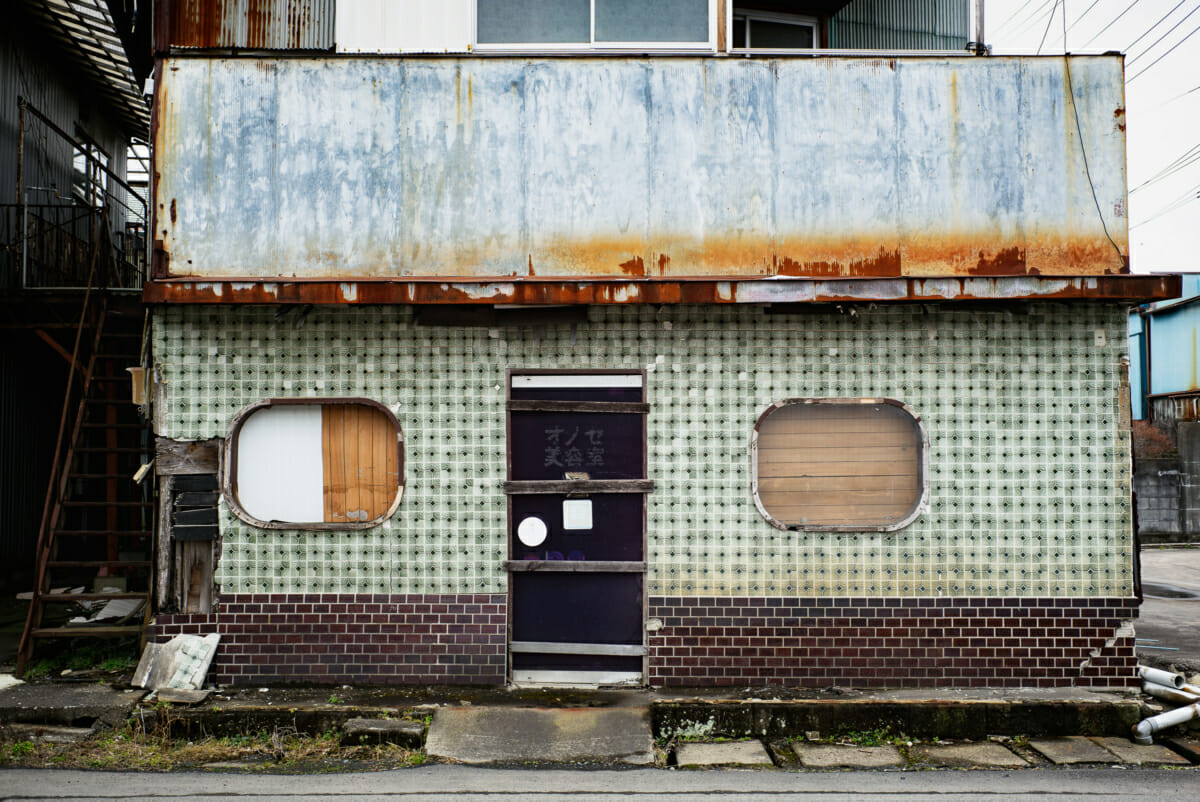

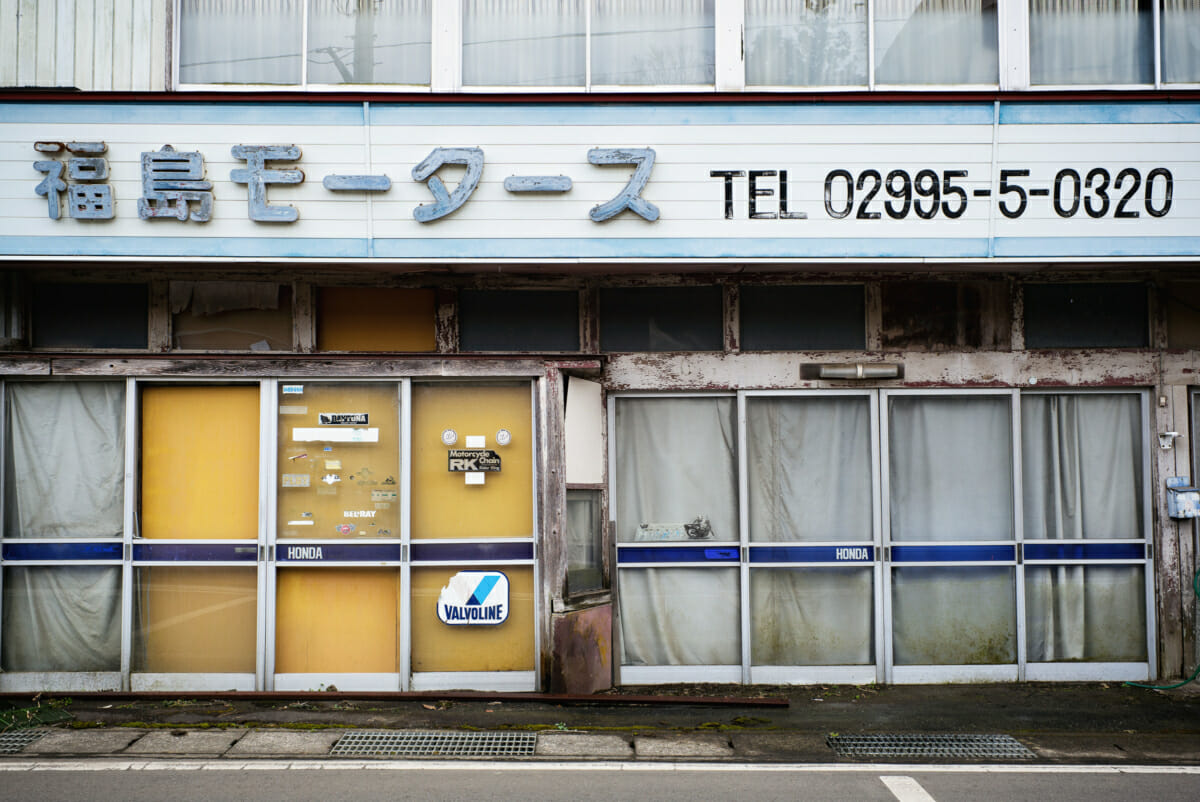
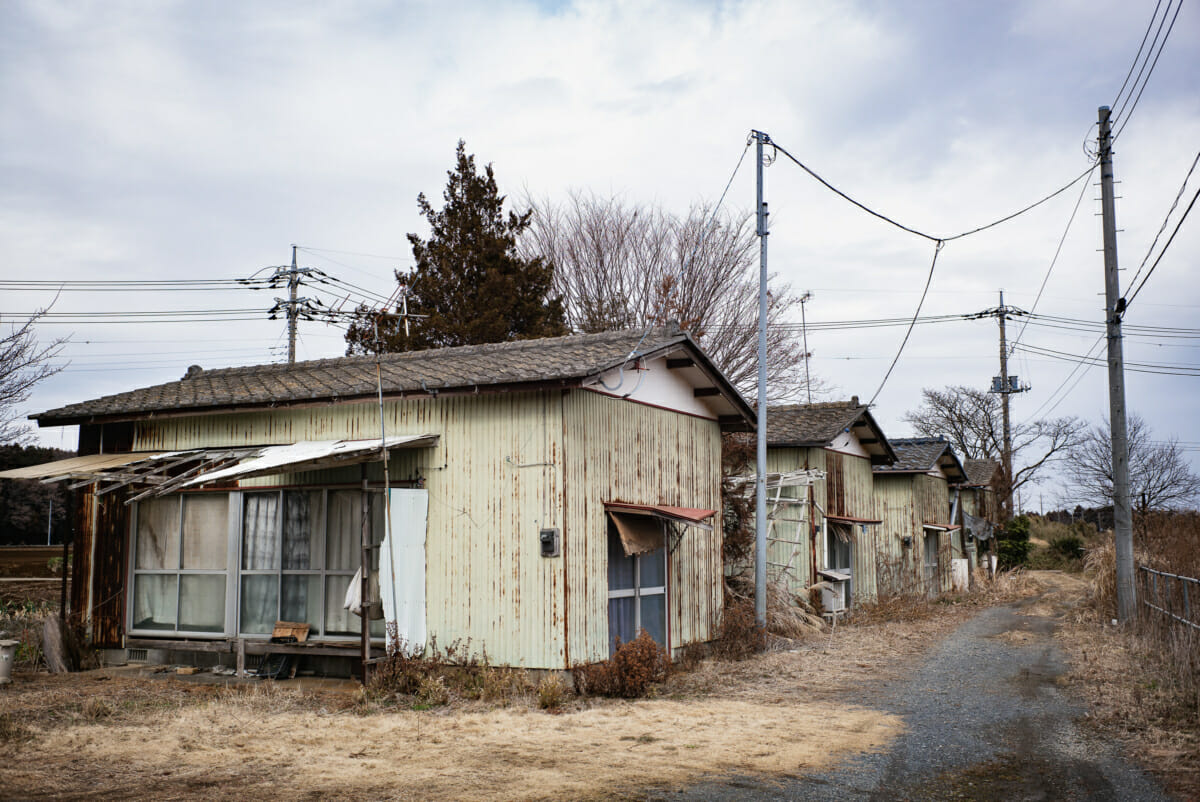
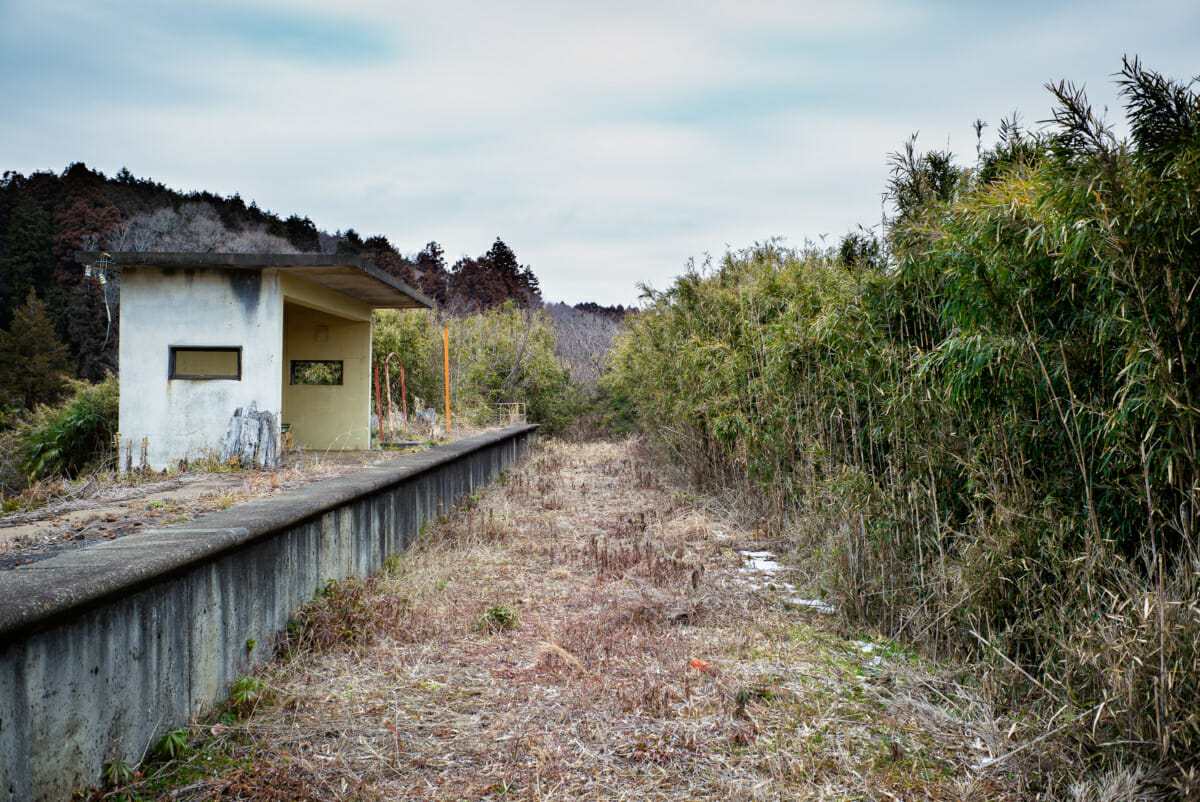
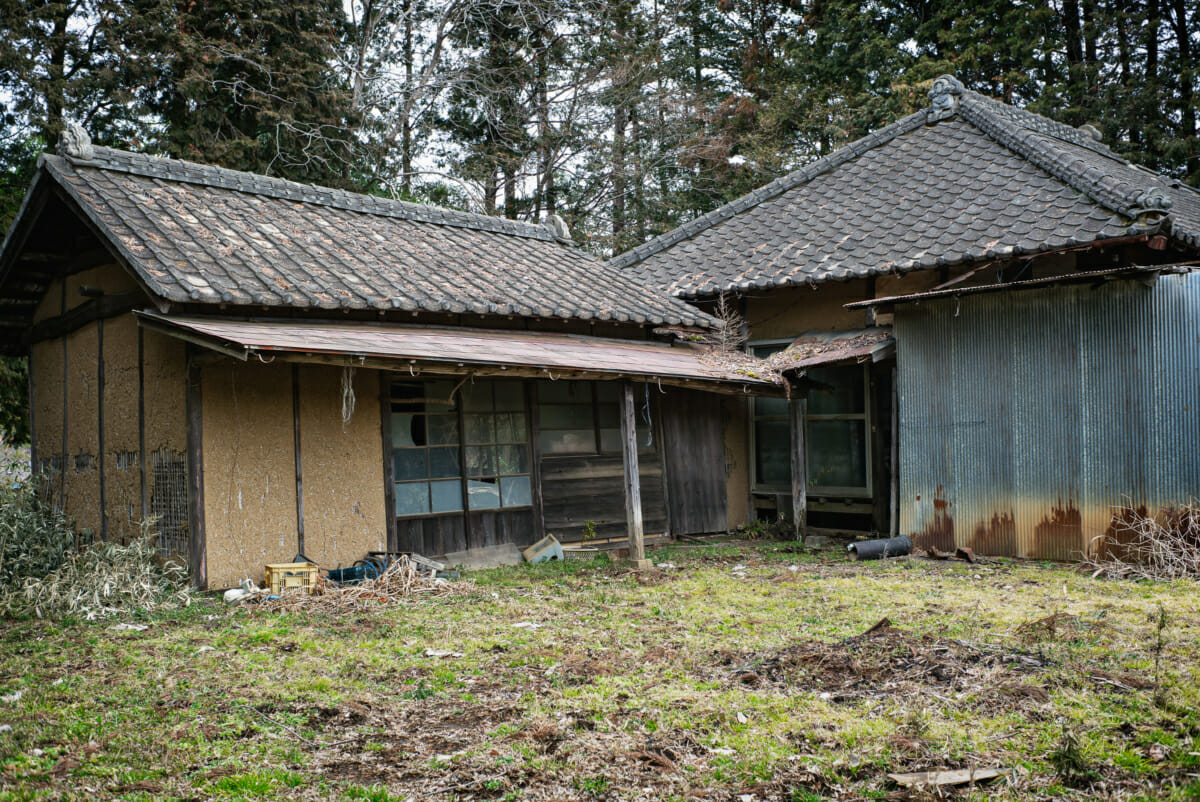
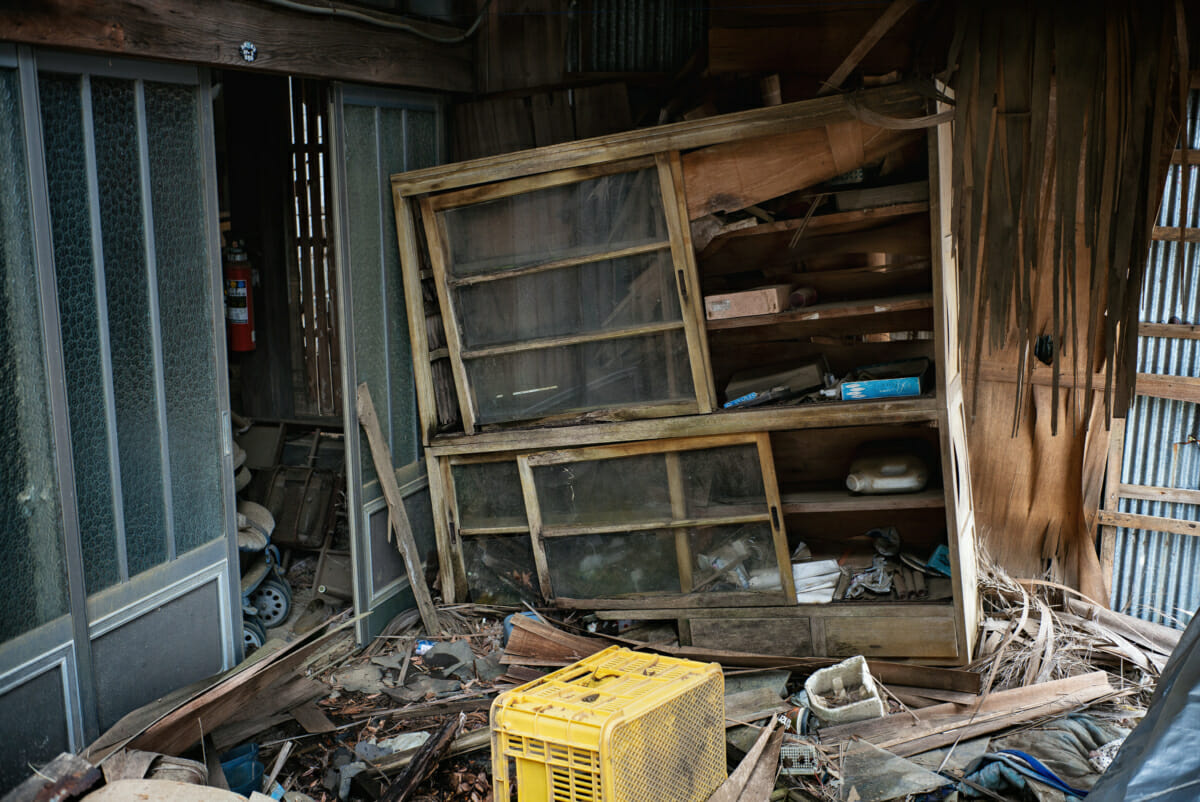
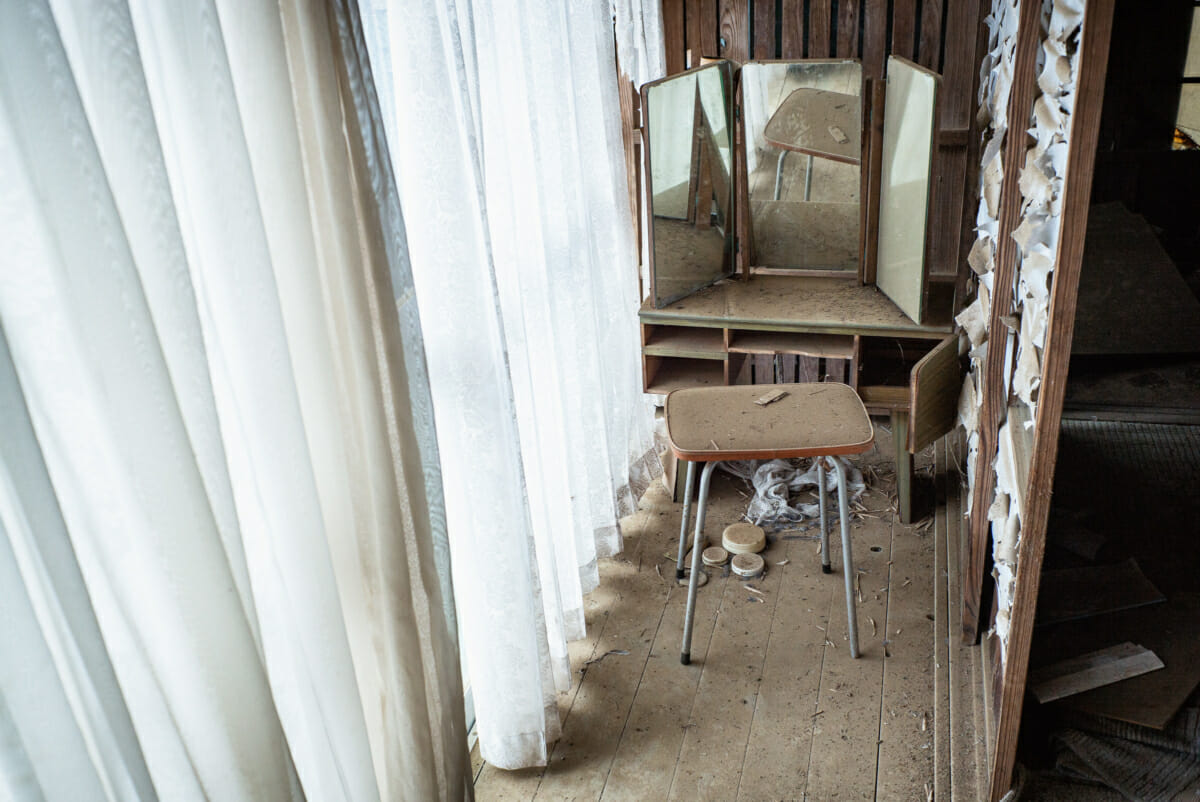
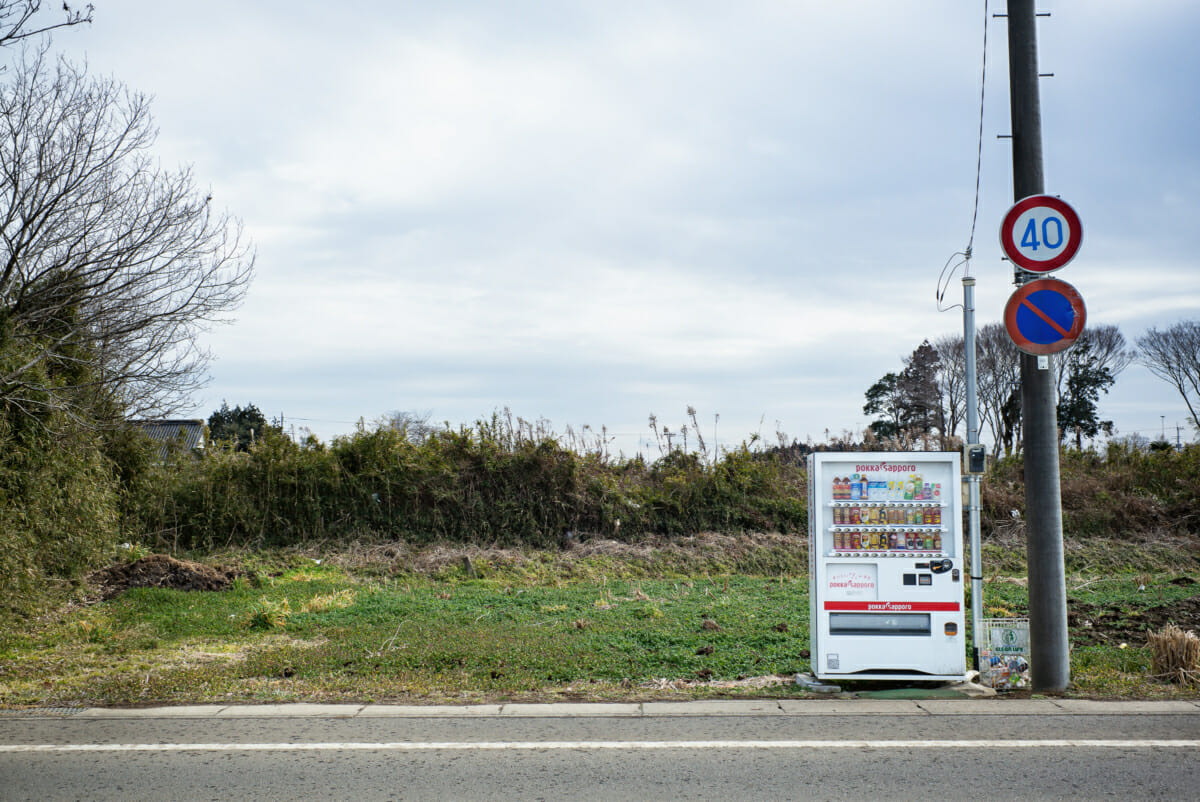
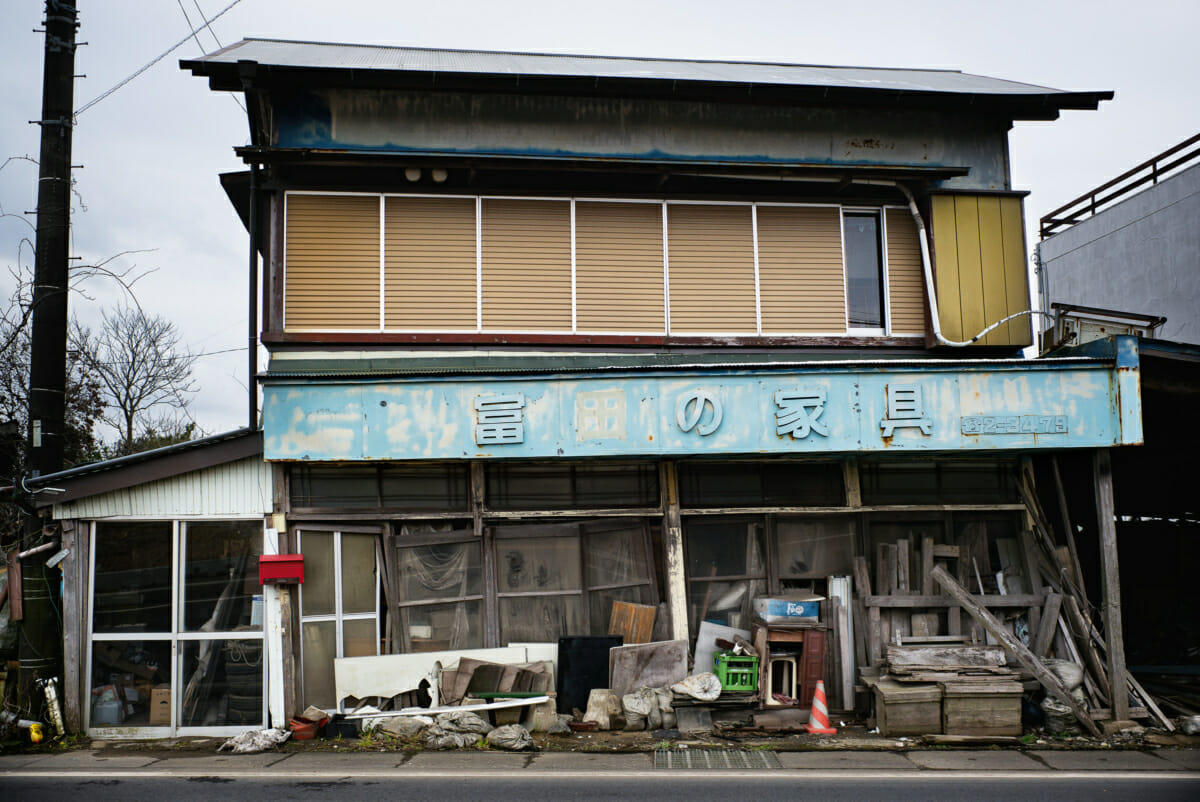
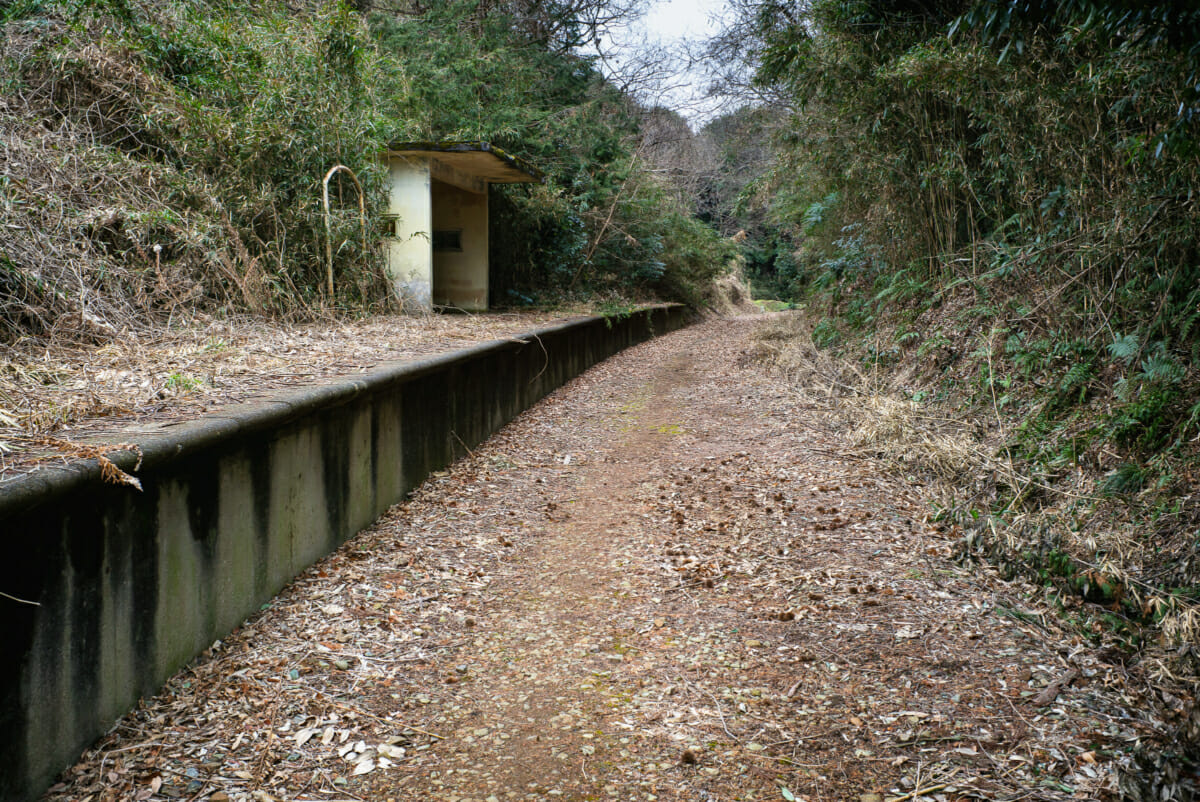
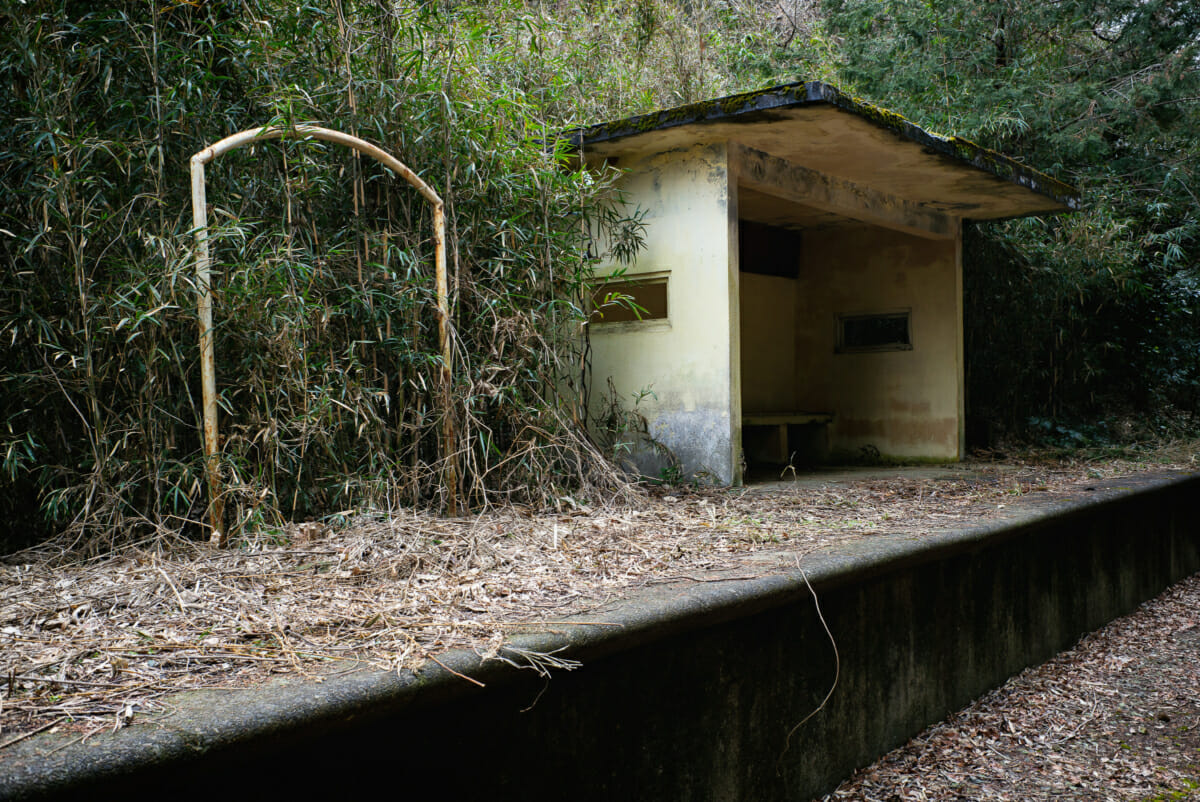
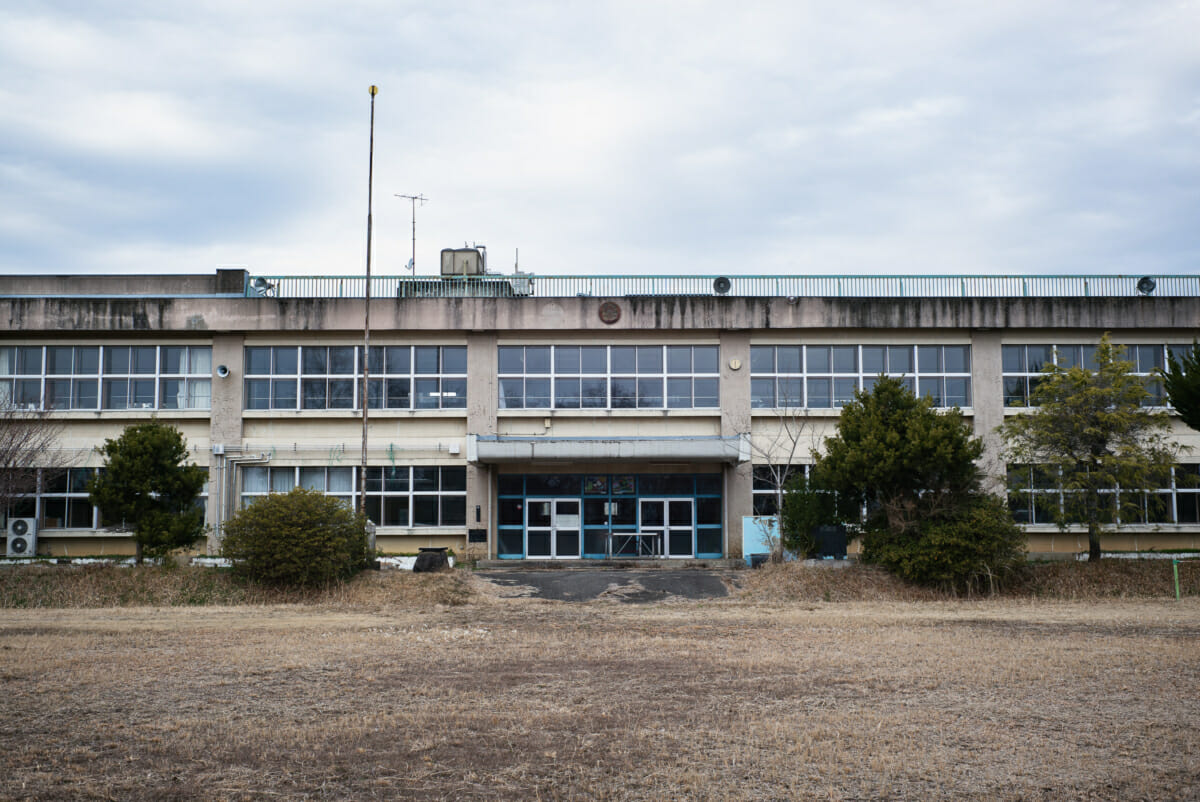

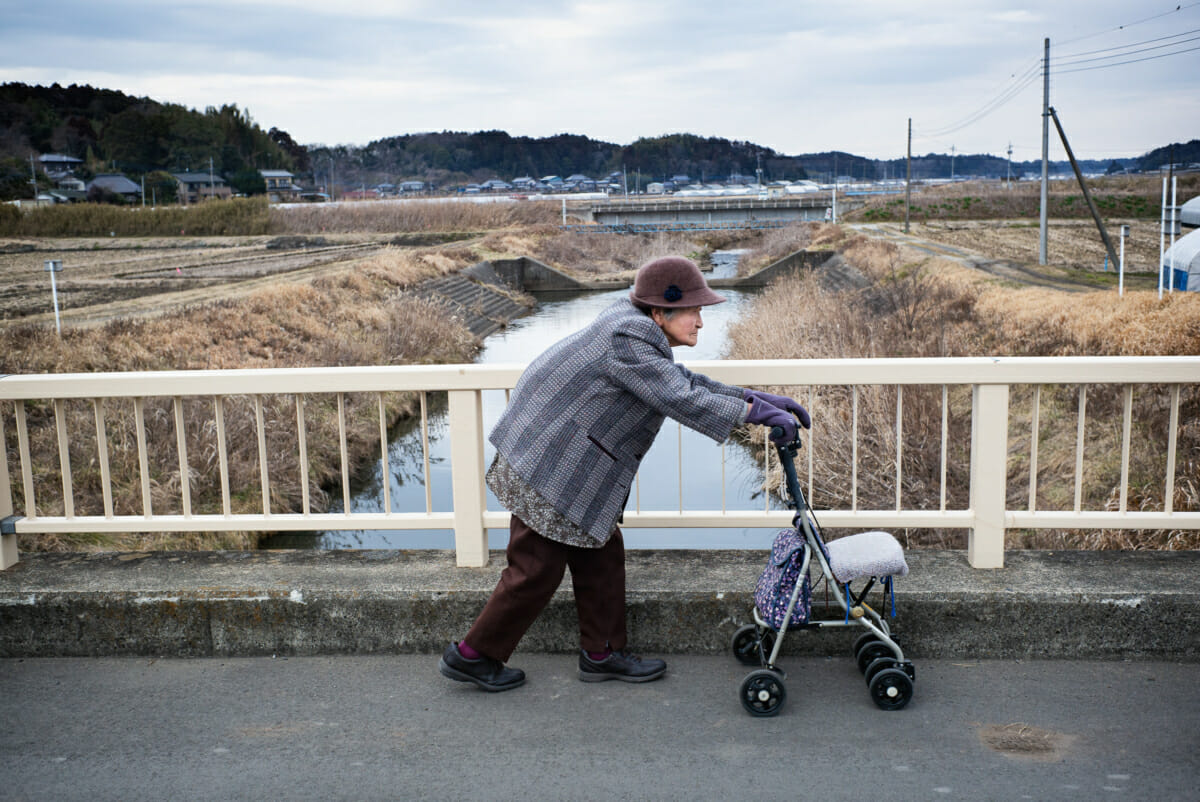
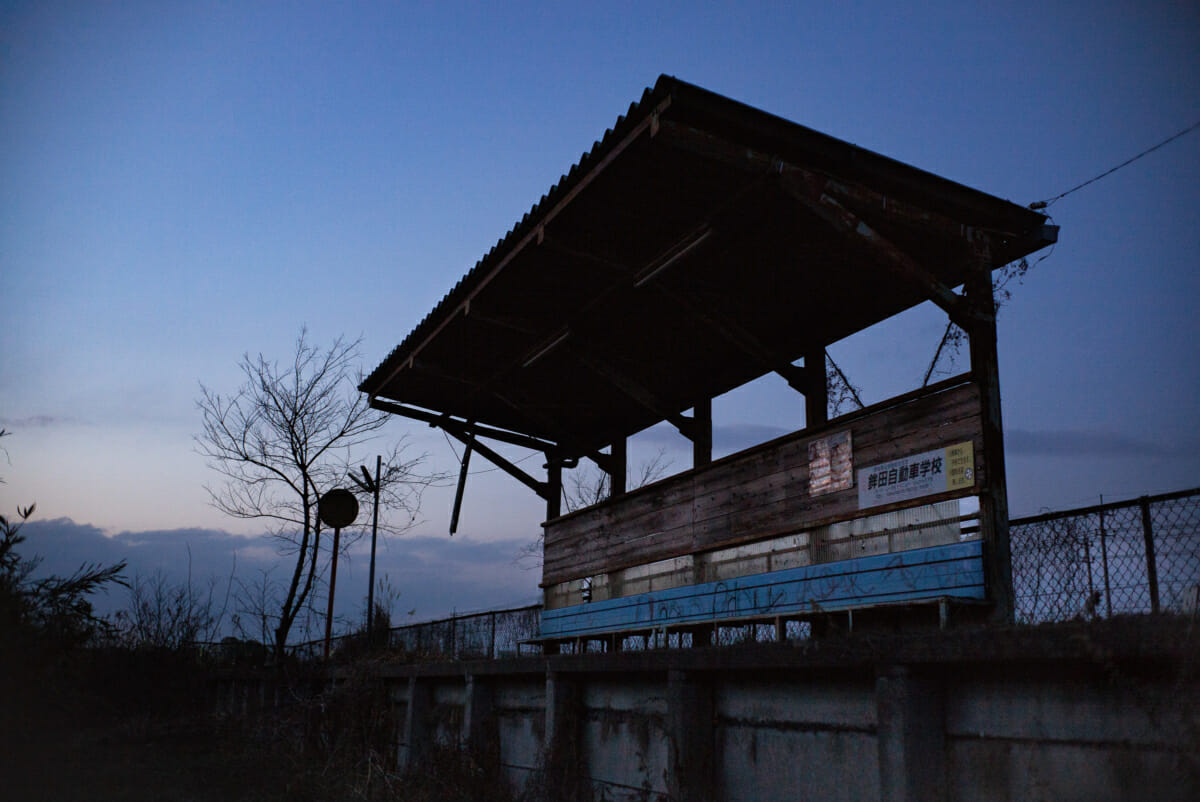
Coli says
Lee what an interesting story and set of pictures. How many different areas/train stops are we looking at in these pictures ?
The mirror in front of the curtains is great!
Lee says
Thanks Coli. It was a fascinating day, so good to hear some of that comes through in the photos. And yeah, I really like that indoor shot too. A shame the rest of the house was mostly clutter, but that one scene was very special.
Good question. A couple of the buildings were taken near the stations featured, but the others were along the route. The abandoned house was actually right by the station in the photo before it. And the first picture was taken very near where the line started. There was actually a platform there. We found another along the way as well, but a platform alone isn’t very photogenic unfortunately.
But as for the number of different areas, I couldn’t really say. It wasn’t like walking from one distinct place to another. Most of it was very spread out. Quite a bit of it was farmland too.
Marc Tobolski says
Well done. Keep up the great work!
Lee says
Thanks a lot!
DavidT says
Very interesting story and set of pics. Thank you! 🙂 Kinda sad I guess but I think it’s important to see all sides of a country.
Lee says
You are welcome. Good to hear you like it. And yeah, I certainly think so. A side of the country that is rarely seen, but increasingly it’s something that can’t, and shouldn’t, be ignored.
Martin B says
Another beautifully atmospheric set, the lonely vending machine seems to sum up the whole feel of the area.
I’m always grateful that people take the time to record disused industrial and commercial sites such as these, grand palaces and country houses always attract attention yet the mundane, everyday places are easily forgotten, despite the impact they had on so many peoples lives.
Lee says
Thanks a lot. And yeah, that vending machine summed it up perfectly.
That’s a very good point. I’ve always been fascinated by these kinds of places, but never really worked out why. Looking at it that way makes perfect sense.
Once an Expat says
One of your best posts ever.
Lee says
Thank you very much. Happy the way it came out. An accurate feel of the area, and the day we had, I think.
cdilla says
Your photographic records of these desolate scenes are an absolute treasure. Seeing what would have been thriving areas like the school and train stations and imagining them overlaid with the countless invisible threads of the lives of who passed through that space gives me a feeling akin to vertigo.
Lee says
Thank you. That’s really nice to hear.
We had the same feeling. It was strange, sometimes even hard to imagine how things once were. The massive changes weren’t that long ago either. Having a sit down and a small break in those stations was especially poignant.
MrSatyre says
It’s very interesting that the rails were removed (no small task, that!). Do you happen to know if that’s common procedure in Japan when a line shuts down? Are the rails recycled, or is there some other reason?
The population troubles facing Japan depresses the hory bejeezuz outta me. When I see places like these, permanently shuttered, it’s clear that the odds are very high that no one will ever make use of those lands again. Even if Japan reinvigorates itself with fresh blood from new citizens made from non-Japanese, much, if not all, of what makes Japan so unique and special will eventually be lost forever. The culture, the language, the traditions, the perspectives…all gone.
Also, it was very thoughtful of the last class to use that school to clean the blackboard so thoroughly before they left.
Thanks for yet another wonderful set of pictures!
Lee says
You are very welcome. Glad you got something out of them. This kind of stuff is very much a labour of love for me, so always really nice when other people appreciate them as well.
From experience, some tracks are pulled up, some not. Others partially. For recycling is my guess, but I presume it all depends on the return, feasibility etc. Like you said though, it’s a big job if it is taken on.
Yeah, there’s an awful lot set to be lost. One unexpected sight on the trip were groups of foreign farm labourers. Never seen that before. But of course while potentially keeping the area alive, it will be very different in the future.
Schools are often mothballed if you will. Closed, but not officially abandoned. More than a little optimistic to expect it to open again, but they will have a spotless school to use if they do!
KC Lancaster says
Thank you so much for documenting these places! Who knows how it will look in another 10 years, and if anything will be recognizable. Thanks to your pictures, it won’t be totally lost. So good of you to share!
Lee says
Thank you. That’s very nice to hear. And you are very welcome!
Yeah, a lot of it will be completely unrecognisable. Even now it’s often hard to make out where the track was, so another 10 years of growth and most of it will likely be invisible…
Joanna says
The school is particularly poignant without children (you can still hear the noise though through the photos). A beautiful piece. And the vending machine still looks to be working – there’s optimism!
Lee says
Thank you. Yeah, abandoned schools are always very poignant. The silence is immediately noticeable. It’s somehow peaceful, and yet at the same time an unsettling presence. Well, unsettling is probably too strong a word, but it certainly doesn’t feel right.
Yes, where there’s hot coffee there’s hope!
Luis g. Gomez says
Awesome work! I am fascinated of Japan’s abandoned property’s, and they are not vandalized. In my country Colombia, they will be robed and everything will be taking away. Japan’s culture it’s superb, awesome; let’s hope the world someday will learn your culture!!! Thanks for sharing.
Lee says
Thank you very much, and you are more than welcome. It’s not my culture, but it’s definitely an aspect of Japan that I really appreciate. To be honest some places get smashed up, but it is wonderful how so many are left pretty much as they were originally.